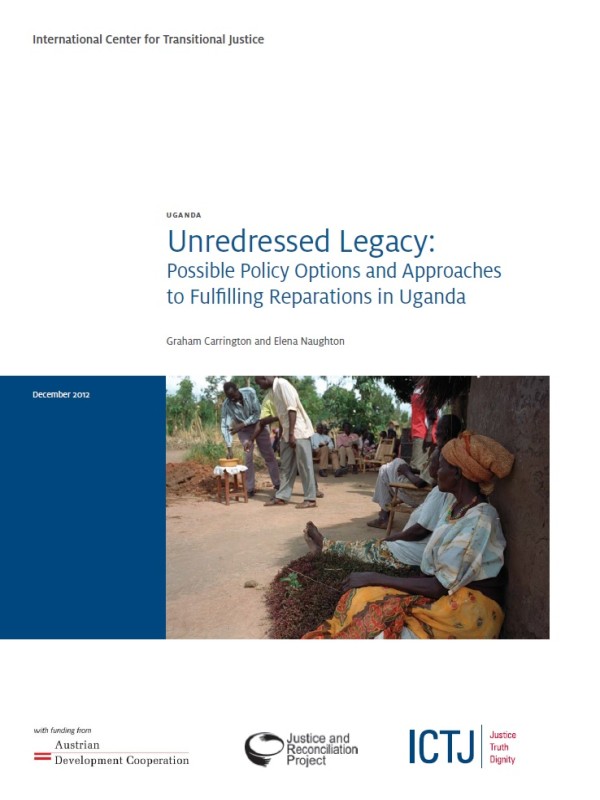There is now an opportunity to design and implement a reparations program for victims of human rights and humanitarian law violations in Uganda. As with other countries emerging from conflict, the contours of a Ugandan reparations policy have been the subject of extended debate and generated high expectations. While the government has embarked on several reconstruction, recovery, humanitarian, and development programs for the north and other conflict-affected parts of the country, these programs were explicitly motivated by stabilization, development, and poverty-reduction objectives, rather than justice and reparations goals. This report examines approaches for identifying and categorizing victims, defining benefits and beneficiaries, and sequencing the delivery of reparations, offering guidance in assessing how the needs of the most vulnerable victims can be met and what long-term capacities must be put in place to implement a comprehensive reparations program. The paper concludes by highlighting some of the challenges that can be anticipated and offering recommendations.
Unredressed Legacy: Possible Policy Options and Approaches to Fulfilling Reparations in Uganda
There is now an opportunity to design and implement a reparations program for victims of human rights and humanitarian law violations in Uganda. As with other countries emerging from conflict, the contours of a Ugandan reparations policy have been the subject of extended debate and generated high expectations. While the government has embarked on several reconstruction, recovery, humanitarian, and development programs for the north and other conflict-affected parts of the country, these programs were explicitly motivated by stabilization, development, and poverty-reduction objectives, rather than justice and reparations goals. This report examines approaches for identifying and categorizing victims, defining benefits and beneficiaries, and sequencing the delivery of reparations, offering guidance in assessing how the needs of the most vulnerable victims can be met and what long-term capacities must be put in place to implement a comprehensive reparations program.
